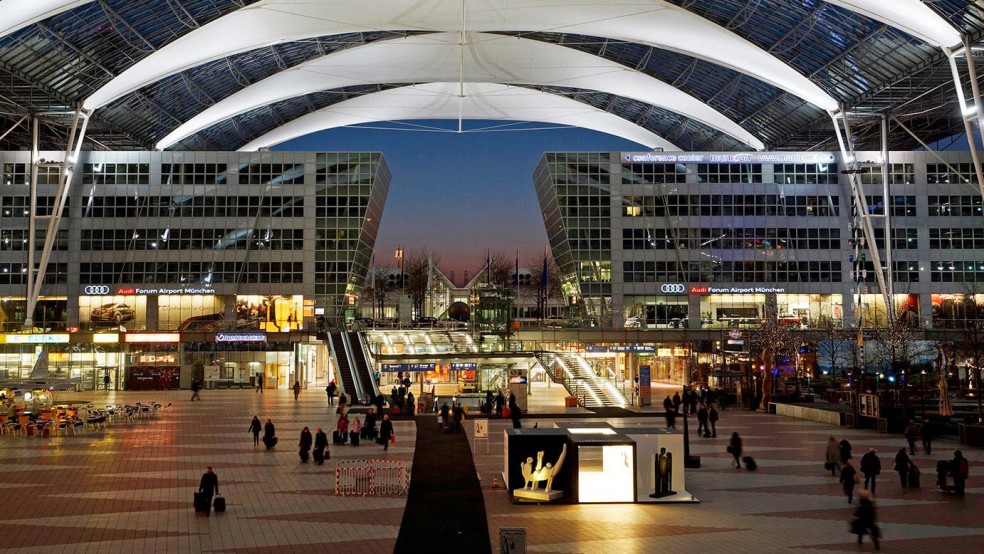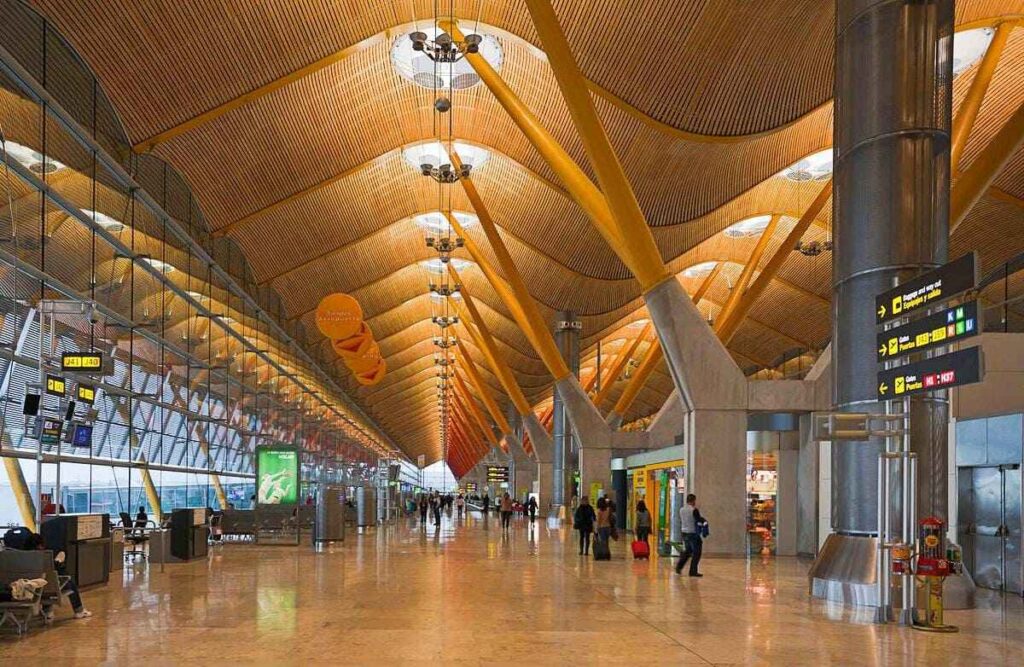Air travel has become an integral part of modern life, connecting people across the globe. Europe, with its rich cultural diversity and economic significance, is home to some of the world’s largest and busiest airports.
These airports not only facilitate international travel but also play a crucial role in driving tourism, trade, and connectivity. In this article, we will explore the top 10 biggest airports in Europe, considering their locations, area sizes, passenger numbers, flight counts, and a brief history.
Daftar isi:
1. Istanbul Airport (IST)

- Location: Istanbul, Turkey
- Area Size: Approximately 76.5 square kilometers
- Number of Passengers: Over 52 million in 2020
- Number of Flights: Varied, catering to domestic and international routes
- History: Opened in 2019, Istanbul Airport quickly became a major hub connecting Europe, Asia, and the Middle East.
2. London Heathrow Airport (LHR)

- Location: London, United Kingdom
- Area Size: Approximately 12.27 square kilometers
- Number of Passengers: Over 22 million in 2020
- Number of Flights: Extensive, hosting numerous international flights daily
- History: Operating since 1946, Heathrow is one of the world’s busiest airports and a significant gateway to Europe.
3. Charles de Gaulle Airport (CDG)

- Location: Paris, France
- Area Size: Around 32 square kilometers
- Number of Passengers: Over 22 million in 2020
- Number of Flights: Numerous flights connecting global destinations
- History: Established in 1974, Charles de Gaulle Airport serves as a vital hub for international travel.
4. Frankfurt Airport (FRA)

- Location: Frankfurt, Germany
- Area Size: Approximately 21 square kilometers
- Number of Passengers: Over 18 million in 2020
- Number of Flights: Extensive flight network connecting the world
- History: Dating back to the 1930s, Frankfurt Airport has grown into a major global aviation hub.
5. Amsterdam Airport Schiphol (AMS)

- Location: Amsterdam, Netherlands
- Area Size: Around 27 square kilometers
- Number of Passengers: Over 20 million in 2020
- Number of Flights: Extensive, hosting both short-haul and long-haul flights
- History: Established in 1916, Schiphol is renowned for its modern facilities and efficiency.
6. Barcelona–El Prat Airport (BCN)

- Location: Barcelona, Spain
- Area Size: Approximately 14 square kilometers
- Number of Passengers: Over 9 million in 2020
- Number of Flights: Connecting European and international destinations
- History: Originally built in 1918, BCN has evolved into a key European airport.
7. Dublin Airport (DUB)

- Location: Dublin, Ireland
- Area Size: Around 11.9 square kilometers
- Number of Passengers: Over 7 million in 2020
- Number of Flights: Hosting flights across Europe and beyond
- History: Opening in 1940, Dublin Airport has grown steadily in importance and capacity.
8. Munich Airport (MUC)

- Location: Munich, Germany
- Area Size: Approximately 15.6 square kilometers
- Number of Passengers: Over 9 million in 2020
- Number of Flights: Serving domestic and international routes
- History: Munich Airport began operations in 1992 and has become a prominent European hub.
9. Rome Fiumicino Airport (FCO)

- Location: Rome, Italy
- Area Size: Around 29 square kilometers
- Number of Passengers: Over 10 million in 2020
- Number of Flights: Connecting major cities across the world
- History: Opened in 1961, Fiumicino Airport is a crucial gateway to Italy.
10. Madrid–Barajas Airport (MAD)

- Location: Madrid, Spain
- Area Size: Approximately 30 square kilometers
- Number of Passengers: Over 18 million in 2020
- Number of Flights: Extensive domestic and international connectivity
- History: Operational since 1928, Madrid–Barajas has evolved into a significant European airport.
The top 10 biggest airports in Europe are not only massive transportation hubs but also symbols of global connectivity and cultural exchange. These airports have played crucial roles in facilitating travel, trade, and tourism, contributing to the economic and social growth of their respective countries and the continent as a whole. As air travel continues to evolve, these airports will remain key players in shaping the future of aviation in Europe and beyond.
- Top 10 Largest Target Superstore in the United States
Target Superstores are renowned for offering a vast array of products, from groceries to clothing to electronics, all under one…
- The Top 10 Biggest Costco Locations Globally
Imagine stepping into a Costco so vast it boasts a hearing aid center and a fresh flower department! Believe it…
- Climbing to New Heights: Top 10 Biggest Climbing Gyms in the United States
Climbing has evolved from an adventurous outdoor pursuit to a dynamic indoor sport with a passionate following. The United States…
- Skyline Wonders: Top 10 Biggest Skylines in the United States
A city’s skyline is a visual testament to its character, progress, and architectural prowess. In the United States, you’ll find…

